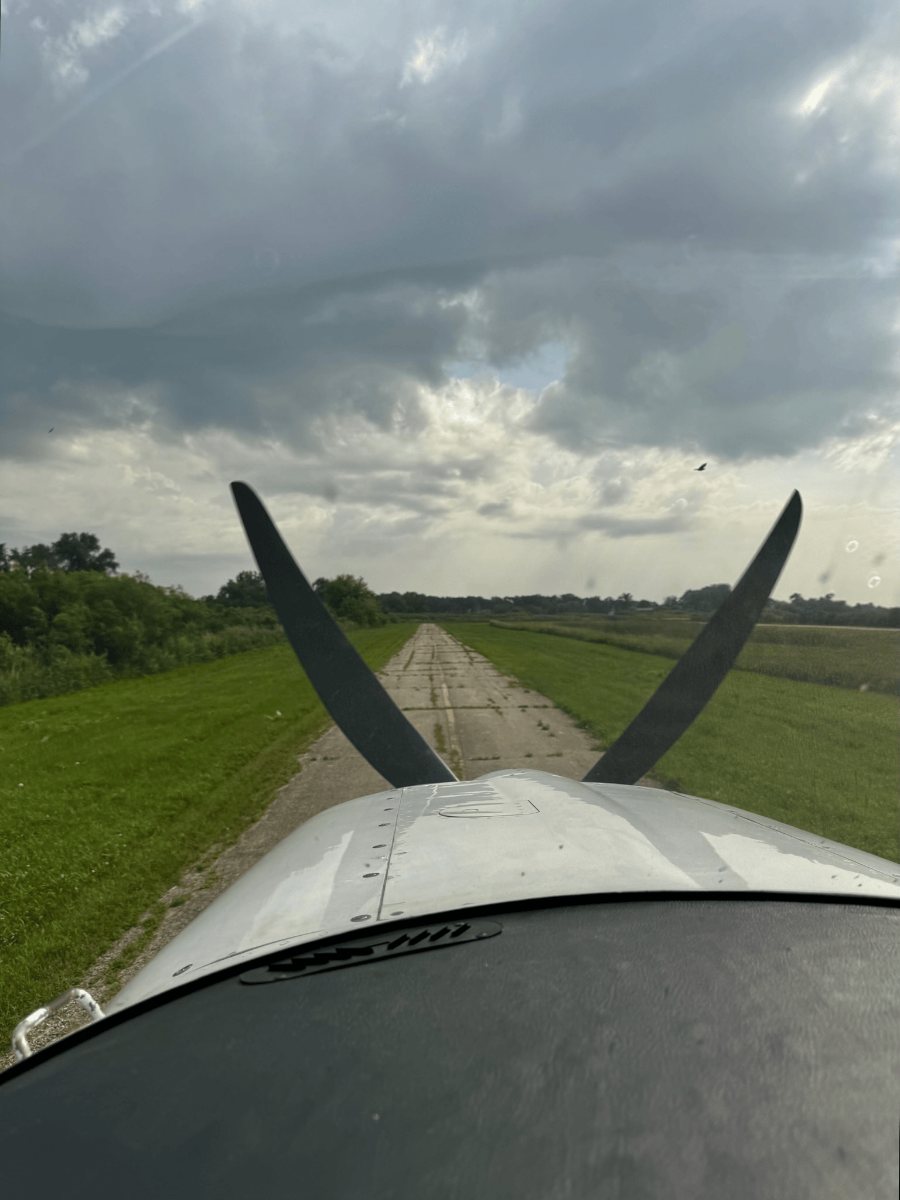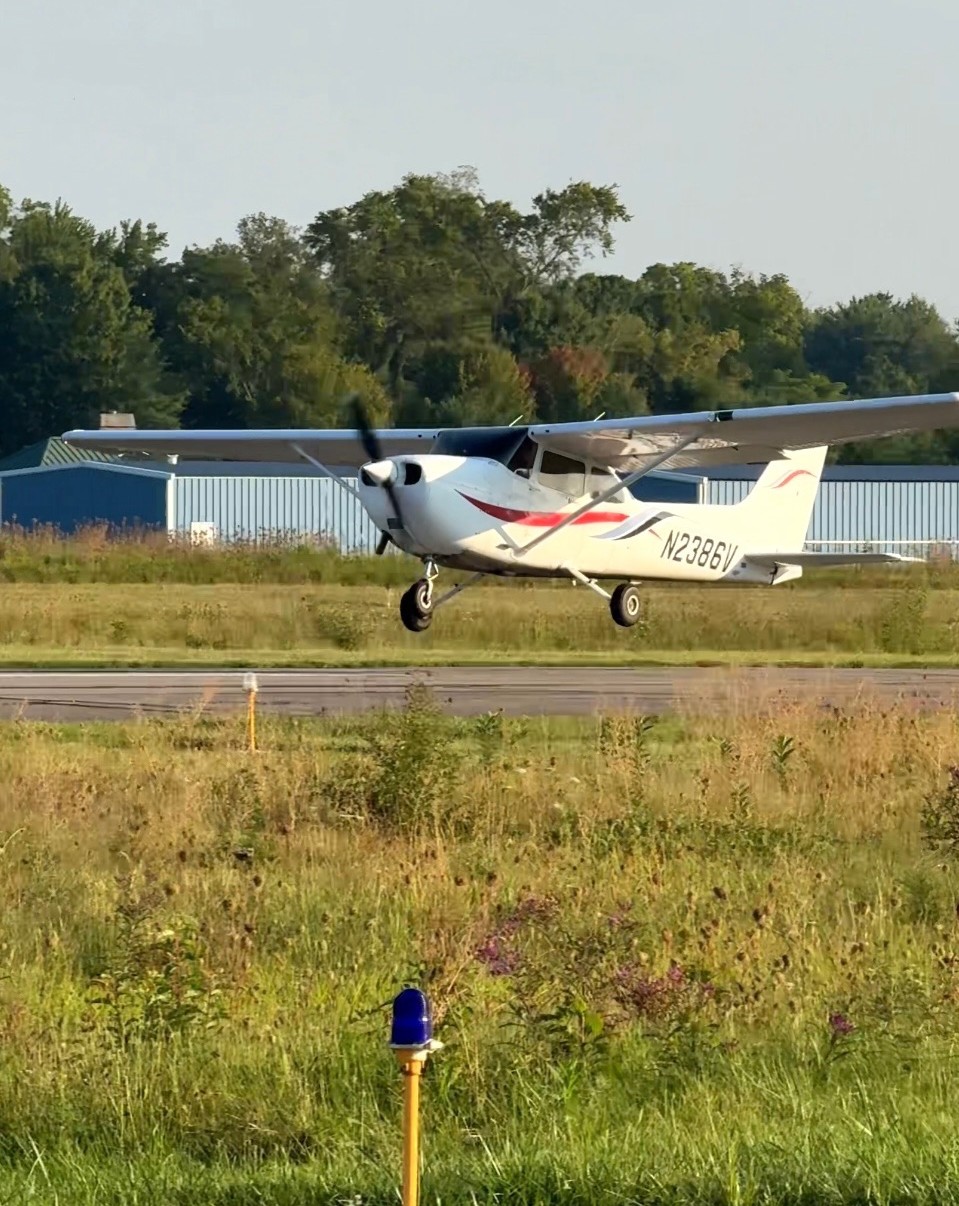 Many student pilots notice that their airplane seems to float just above the runway during landing. This is due to ground effect, an aerodynamic phenomenon that every pilot should understand.
Many student pilots notice that their airplane seems to float just above the runway during landing. This is due to ground effect, an aerodynamic phenomenon that every pilot should understand.
Ground effect occurs when an airplane is flying close to the surface, usually within a distance equal to the wingspan of the aircraft. The presence of the ground reduces wingtip vortices and downwash, which in turn reduces induced drag and increases lift.
How It Feels:
- During landing, you might notice your plane floating above the runway longer than expected.
- During takeoff, the airplane may accelerate more quickly than normal just above the ground which is how a soft field takeoff is supposed to be executed.
CFI Practical Tips:
- Don’t fight ground effect—use it to your advantage on takeoff, but be ready to leave it behind and climb out safely.
- Be careful during landing of carrying too much energy into ground effect: excessive floating can lead to overshooting the intended touchdown point or worse.
Understanding ground effect helps pilots land on their intended point, take off efficiently, and develop better feel for their airplane. Next time your plane seems to float, you’ll know why—and how to handle it safely.






